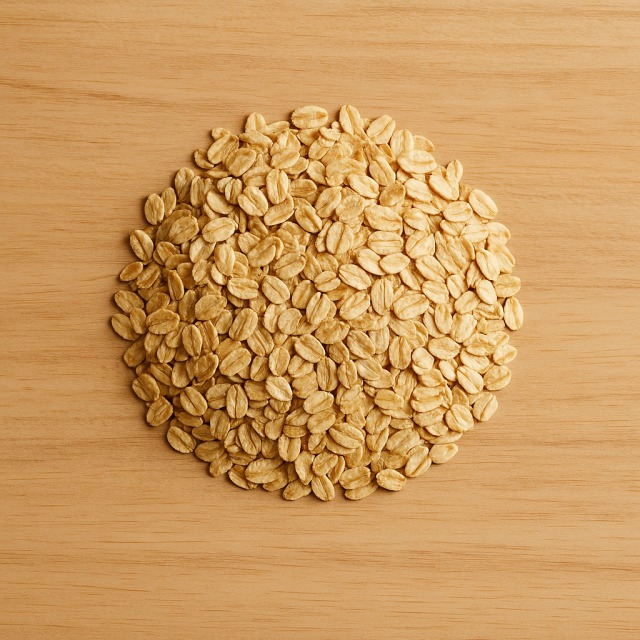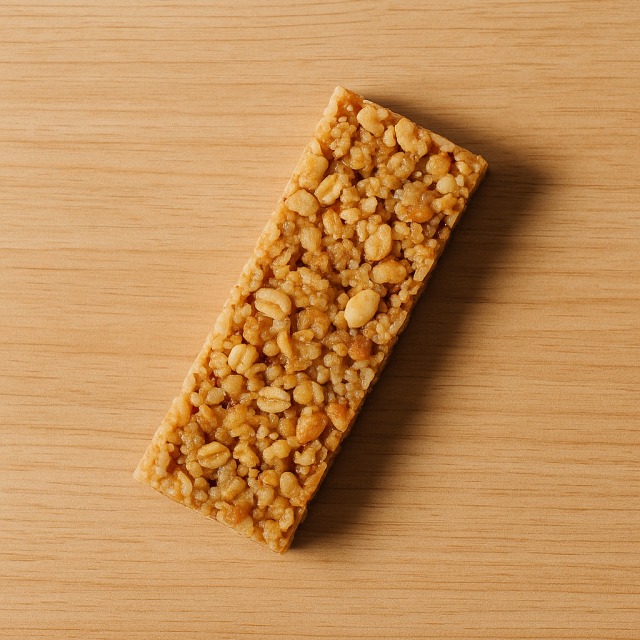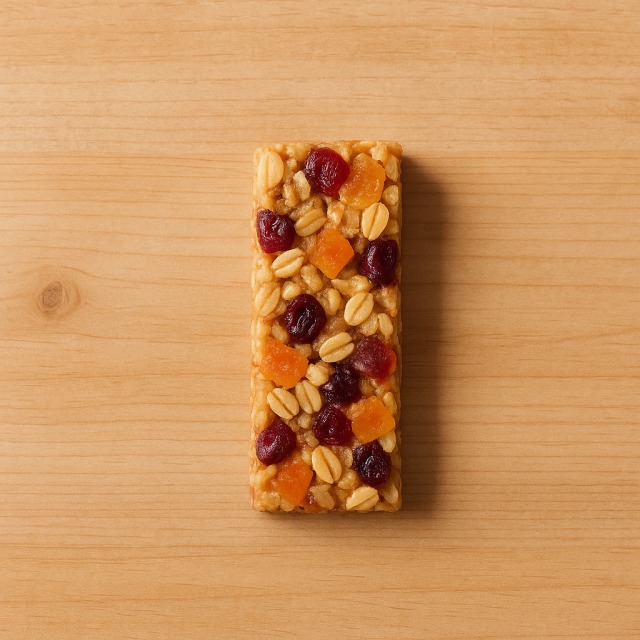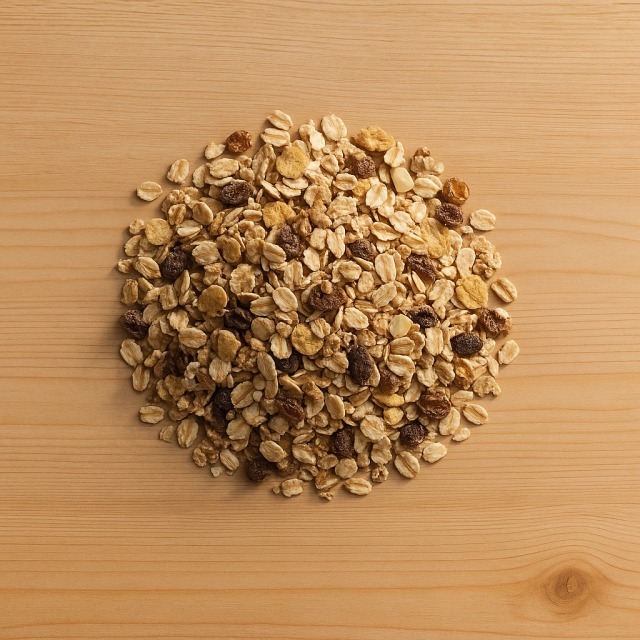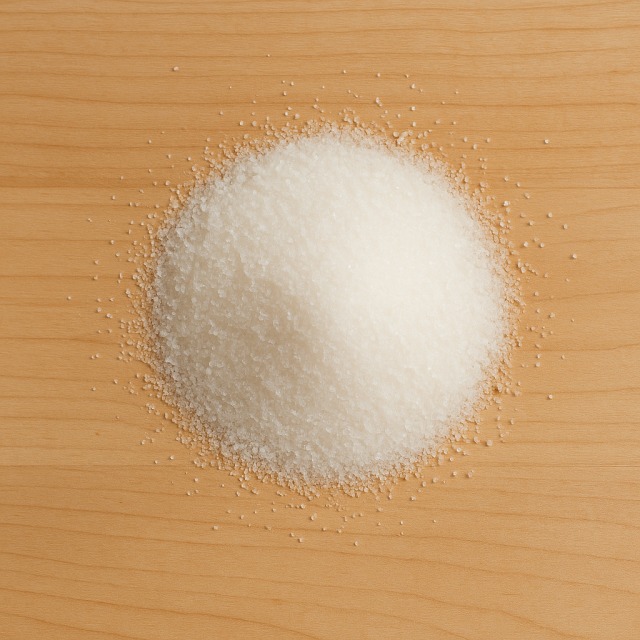Calorie Chart / Breakfast, Snacks / Cereal - Puffed rice
How Many Calories Are in Puffed rice?
Calculation of the nutritional value & Recommended Dietary Intake of puffed rice
For g and a calorie requirement of kcal
| Calories 167 kcal | Proteins 2.4 g | Lipids 0.4 g | Carbohydrates 38 g |
| 8% | 3% | 1% | 14% |
Health benefits of puffed rice
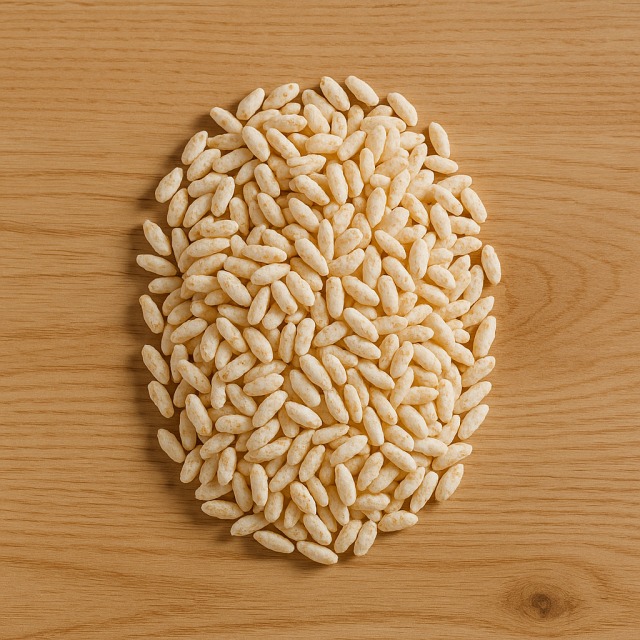
Puffed rice - 100g
Calories 417 kcal
Proteins 6 g
Lipids 1 g
Carbohydrates 96 g
With roughly 417 kcal per 100 g, puffed rice is clearly a high-calorie cereal; understanding these calories helps you manage portions. Compared with cooked rice, the water has been removed, so the same weight concentrates far more calories while remaining almost fat-free. Those calories come essentially from complex carbohydrates, making puffed rice a quick source of energy for athletes or anyone needing fast glycogen replenishment.
Although light in texture, puffed rice supplies small amounts of B-group vitamins (notably thiamine B1 and niacin B3), iron, magnesium, and manganese. When fortified, it can also contribute folic acid. These micronutrients support normal energy metabolism, red-blood-cell formation, and nervous-system function—useful information for people counting calories but wanting nutrient density as well.
Its very low lipid content (about 1 g/100 g) and moderate proteins (6 g/100 g) make puffed rice easy to digest before or after training sessions. However, its high glycaemic index means the calories are released rapidly; pairing it with protein or fibre can temper blood-sugar spikes.
Historically, puffed rice was popularised in 1904 at the St. Louis World's Fair under the slogan "Food Shot From Guns," referring to the high-pressure steam chambers that ‘pop' the grains. In India, the same product—called "murmura" or "kurmura"—is used in the famous street snack bhel puri. Knowing these cultural uses can inspire varied, calorie-conscious dishes.
Tips for incorporating puffed rice into a balanced diet
Because 417 kcal per 100 g can add up quickly, weigh out a 30 g portion (≈125 calories) when you prepare a bowl of puffed rice. Add a pot of yogurt and slices of banana; the protein and fibre help moderate the meal's calories and prolong satiety.
For a homemade energy bar, bind puffed rice with warm honey, chopped almond, and a drizzle of melted dark chocolate. One bar (about 40 g) delivers roughly 170 calories—perfect before a long run when you want portable, predictable calories.
In savoury cooking, use crushed puffed rice as a light breadcrumb substitute: press it onto a marinated chicken breast, then bake. You keep crunch while trimming calories versus deep-fried coatings.
Finally, sprinkle a spoonful over a fruit salad or a bowl of sorbet for texture without many extra calories. Remember that even small toppings contribute calories, so adjust the rest of the meal accordingly.
Frequently Asked Questions
- How many calories are in puffed rice?
- 417 kcal per 100 g.
- Is puffed rice lower in calories than regular cooked rice?
- By weight, no: its calories are higher because the grains have lost water. A cooked-rice spoonful contains fewer calories, but puffed rice is bulkier, so a handful often feels lighter.
- Can puffed rice help with weight loss?
- Yes, if you control portions. Its volume can curb hunger, yet calories add up fast, so stick to measured servings and combine with protein-rich foods like egg or tofu.
- Are puffed rice cakes and loose puffed rice identical in calories?
- Puffed rice cakes are simply compressed grains; gram for gram the calories are almost the same, but a single cake usually weighs only 8–9 g (≈35 calories).
- Does puffed rice contain gluten?
- Pure puffed rice is naturally gluten-free. Check labels, because some flavoured mixes add malt or wheat derivatives that raise both gluten and calories.
- Is puffed rice fortified with vitamins and minerals?
- Many commercial brands add iron and B-vitamins, contributing micronutrients without changing calories. Organic or plain versions are rarely fortified.
Similar foods
Information provided by Calorie Menu may contain inaccuracies or errors. It cannot, under any circumstances, substitute medical advice or medication.
